Name Anita Berber | Role Dancer | |
Occupation Dancer, actress, writer Movies Different from the Others, Around the World in Eighty Days, The Count of Cagliostro, The Story of Dida Ibsen Spouse Henri Chatin Hofmann (m. 1924–1928) Books Dances of vice, horror, & ecstasy by Anita Berber & Sebastian Droste Similar People Sebastian Droste, Richard Oswald, Reinhold Schunzel | ||
Anita berber dancing on the edge of a volcano sd 480p
Anita Berber (10 June 1899 – 10 November 1928) was a German dancer, actress, and writer who was the subject of an Otto Dix painting. She lived during the Weimar period.
Contents
- Anita berber dancing on the edge of a volcano sd 480p
- Anita berber epitome of weimar republic excess on film
- Early life
- Notoriety in Berlin
- Marriages
- Legacy
- Selected filmography
- References
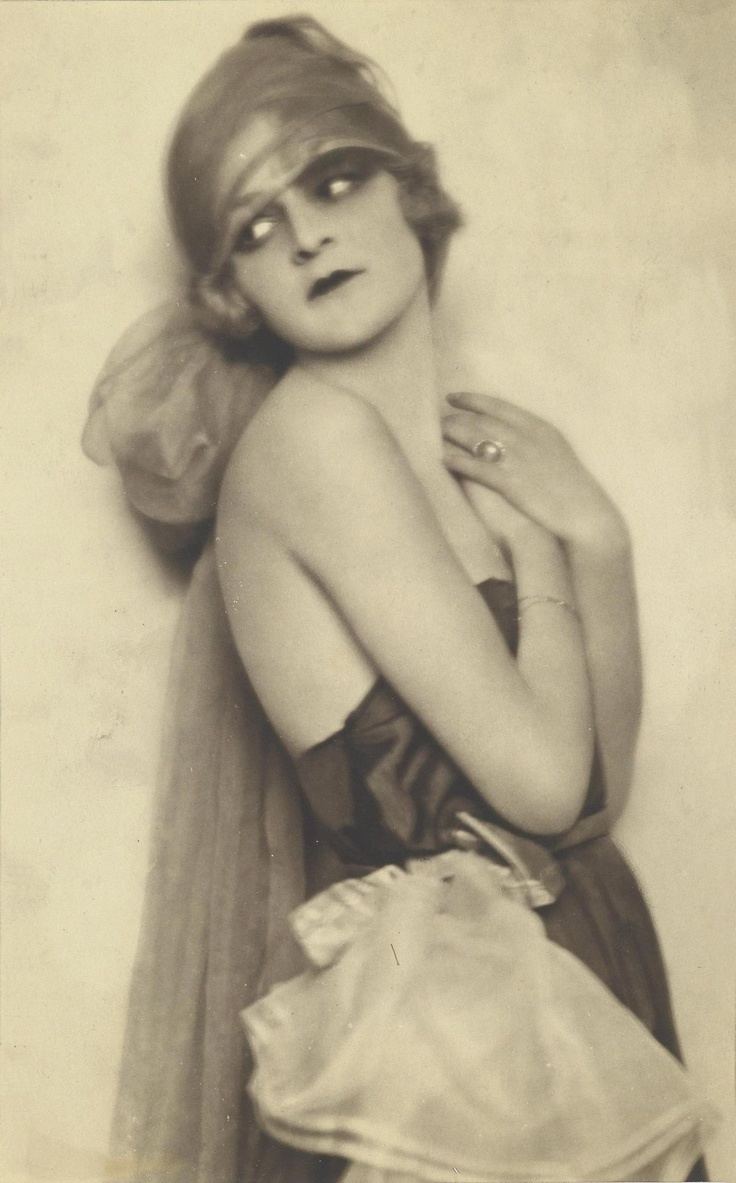
Anita berber epitome of weimar republic excess on film
Early life
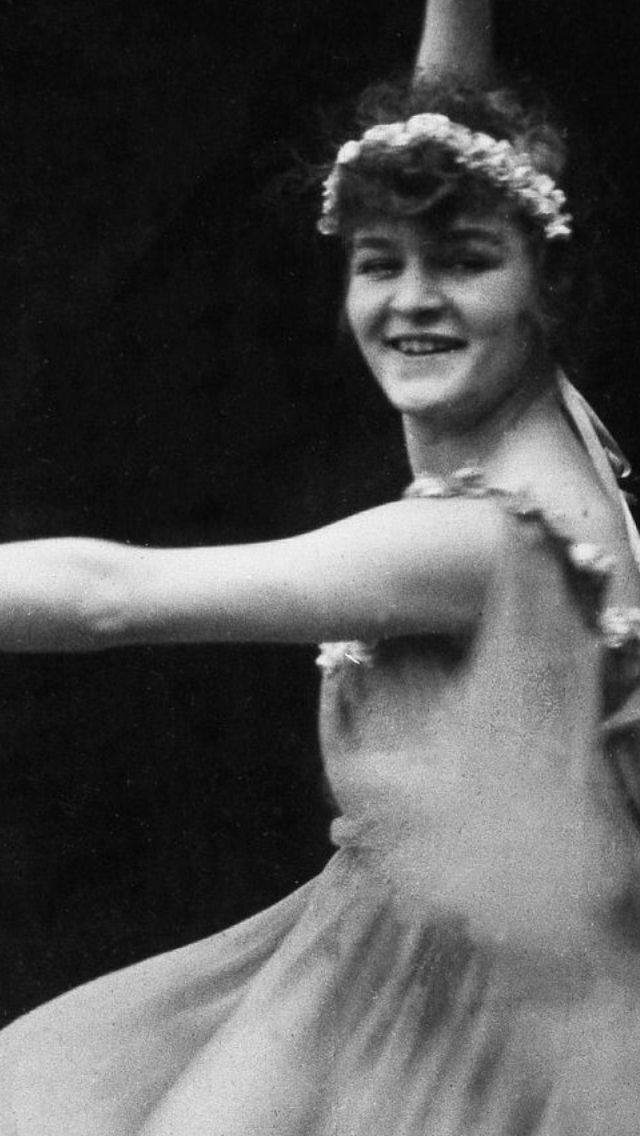
Born in Leipzig to Felix Berber, First Violinist with the Municipal Orchestra, and Lucie Berber, an aspiring actress and singer, who later divorced, she was raised mainly by her grandmother in Dresden. By the age of 16, she had moved to Berlin and made her debut as a cabaret dancer. By 1918 she was working in film, and she began dancing nude in 1919. Scandalously androgynous, she quickly made a name for herself. She wore heavy dancer's make-up, which on the black-and-white photos and films of the time came across as jet black lipstick painted across the heart-shaped part of her skinny lips, and charcoaled eyes.
Notoriety in Berlin
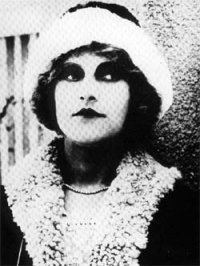
Her hair was cut fashionably into a short bob and was frequently bright red, as in 1925 when the German painter Otto Dix painted a portrait of her, titled "The Dancer Anita Berber". Her dancer friend and sometime lover Sebastian Droste, who performed in the film Algol (1920), was skinny and had black hair with gelled up curls much like sideburns. Neither of them wore much more than lowslung loincloths and Anita occasionally a corsage worn well below her small breasts.
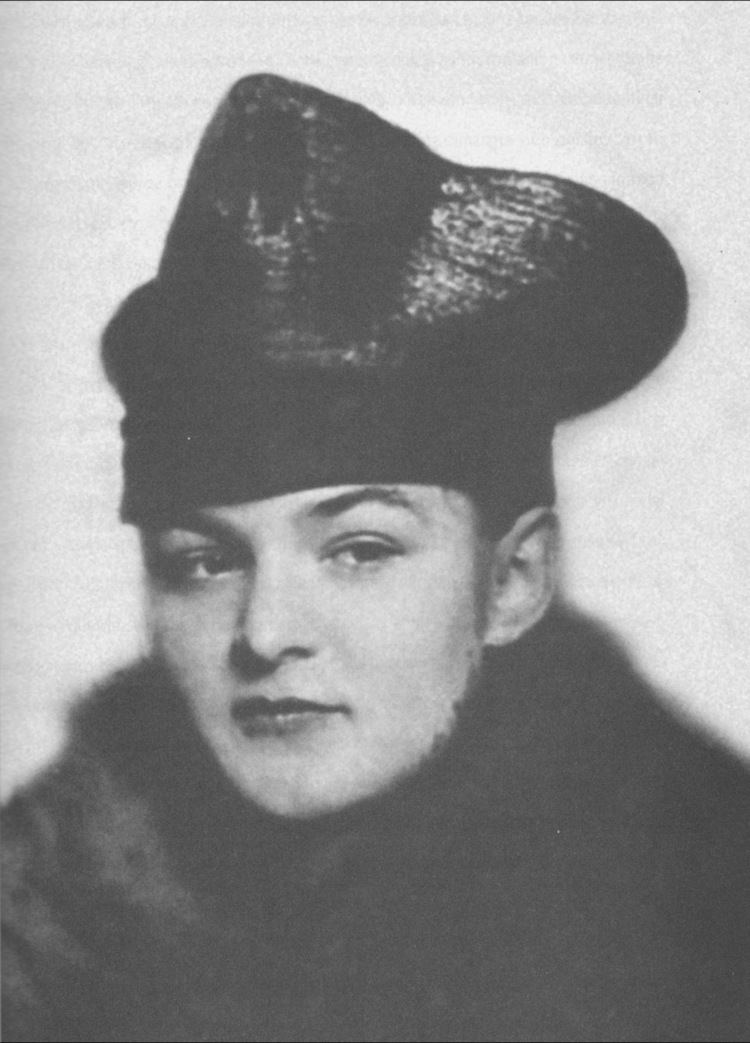
Her performances broke boundaries with their androgyny and total nudity, but it was her public appearances that really challenged taboos. Berber's overt drug addiction and bisexuality were matters of public chatter. In addition to her addiction to cocaine, opium and morphine, one of Berber's favourites was chloroform and ether mixed in a bowl. This would be stirred with a white rose, the petals of which she would then eat.

Aside from her addiction to narcotic drugs, she was also a heavy alcoholic. In 1928, at the age of 29, she suddenly gave up alcohol completely, but died later the same year. She was said to be surrounded by empty morphine syringes. According to Mel Gordon, in The Seven Addictions and Five Professions of Anita Berber: Weimar Berlin's Priestess of Debauchery, she was diagnosed with severe tuberculosis while performing abroad. After collapsing in Damascus, she returned to Germany and died in a Kreuzberg hospital on 10 November 1928. She was buried in a pauper's grave in St. Thomas Cemetery in Neukölln.
Marriages
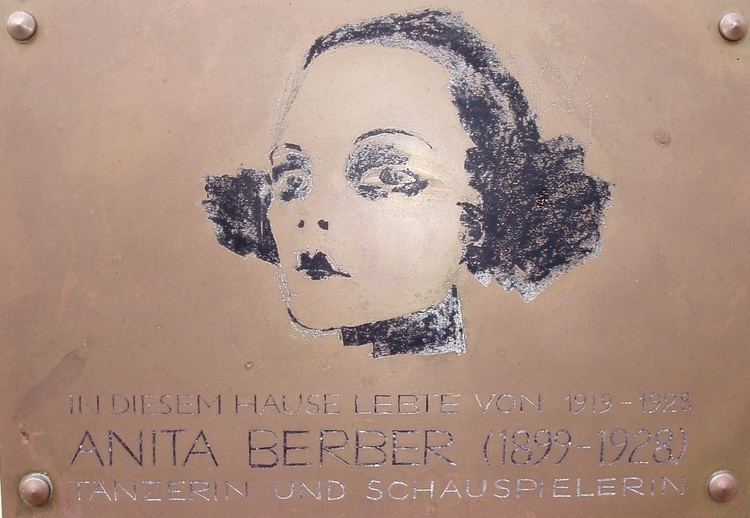
In 1919, she entered into a marriage of convenience with a man with the surname Nathusius. She later left him in order to pursue a relationship with a woman named Susi Wanowski, and became part of the Berlin lesbian scene.
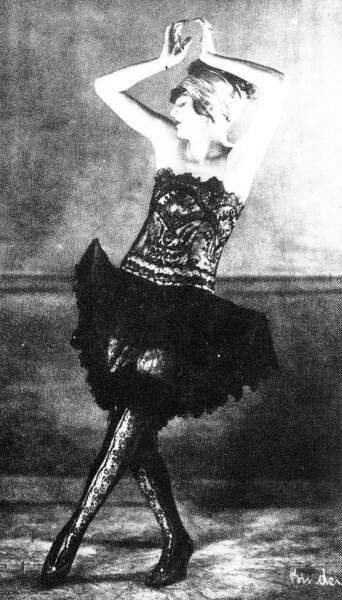
Her second marriage—in 1922—was to Sebastian Droste. This lasted until 1923. In 1925, she married a gay American dancer named Henri Chatin-Hofmann.
Legacy
A 1987 film by Rosa von Praunheim titled Anita - Tänze des Lasters focuses on the life of Anita Berber.
The band Death in Vegas named a song after her, which is on the album Satan's Circus. It is frequently used on the NPR radio show This American Life.
